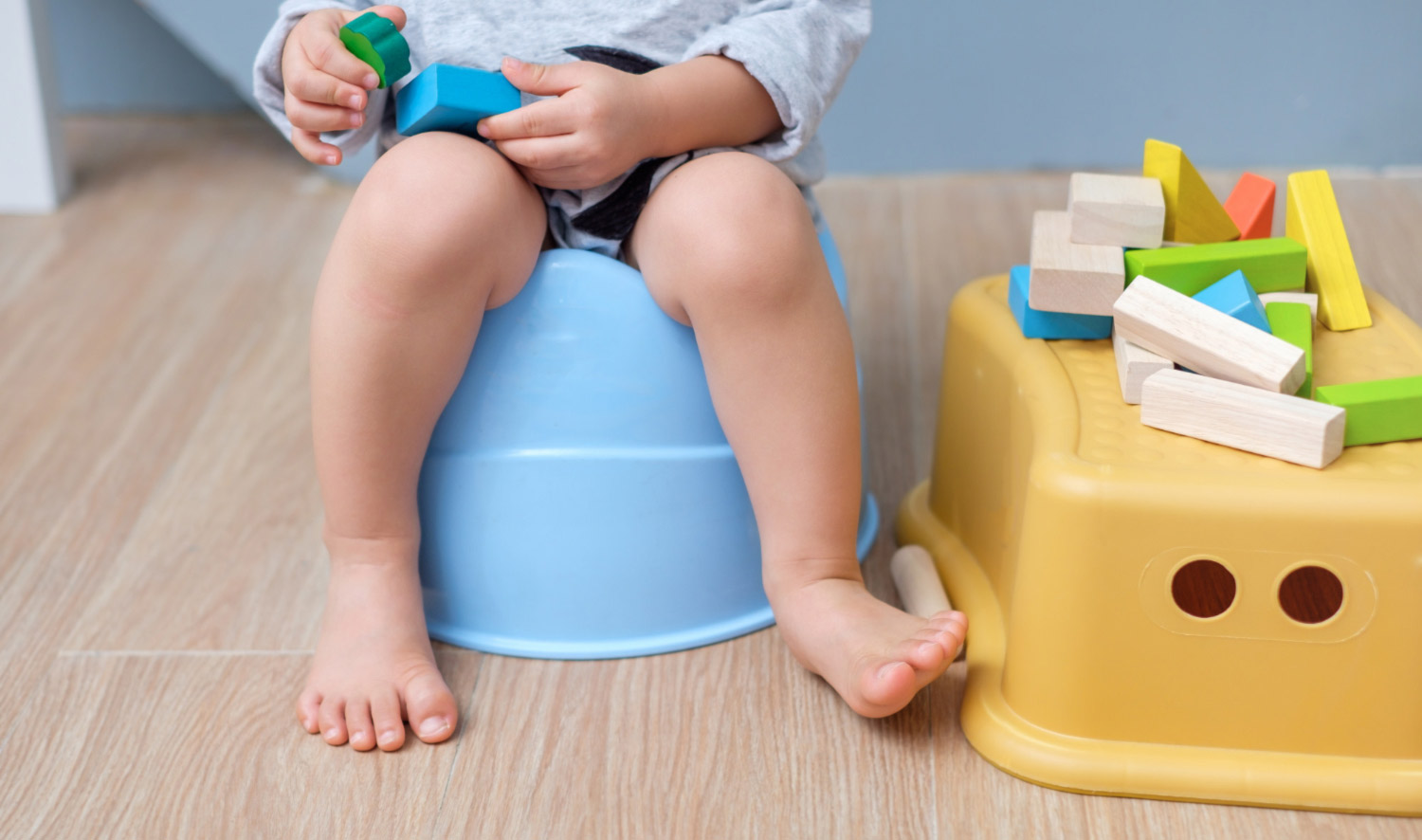by Dr. Peter Reed, MD, MPH, FAAP
I was recently in line with a group of high school students waiting to get locking pouches to secure their smartphones at school. The school is implementing a new program in which phones, smartwatches, and earbuds must be secured in the pouch throughout the day.
Schools nationwide are adopting these policies to reclaim the classroom, regain students’ focus, and reverse steep declines in student well-being.
Schools that have already adopted these programs have seen improvements in attendance, attention, and academic achievement. Students – and some parents – at these schools typically detest the programs initially, but grow to like them after a couple of months as they build stronger real-life relationships.
Human to Human Social Connections Matter
The students in my line were clearly still in the reluctance phase. The mood in this line was morose. Hardly anyone was talking to anyone else. Some had earbuds in. Most had a phone in hand, scrolling their bottomless social media feeds. All were isolated despite being surrounded by peers. It’s a scene we all recognize.
This program at a local Portland high school is part of a larger movement to help teens and adolescents unplug and reengage with their families and peers in real life. As Jonathan Haidt puts it in The Anxious Generation, the idea is to move away from a “screen-based” life and its ill effects on sleep, relationships, and mental health.
PANW Pediatricians & Nurses Are Primary Parenting Resources
Another front in this movement is the pediatrician’s office, where we talk with families daily about managing screen time.
- I encourage new parents to be off-device around their newborn to strengthen bonding and attachment.
- I advise that school-age kids limit screen time in favor of reading and unstructured play.
When I hear from a teen that they are getting seven or fewer hours of sleep per night – when they need eight, nine, or even ten hours – it’s usually the case that they are spending those precious sleeping hours on TikTok, YouTube, Snapchat, and Instagram.
I have asked many of these teens if they would miss their social media apps if they were gone. Almost always, the answer is no, they would be fine without it.
Tips For Setting Healthy Screen & Social Media Boundaries
What can we do to help our children, adolescents, and teens break free of the screen-based life? How can we limit social media when “all of my friends” are on it?
You can adopt the following actions and guidelines to help your child, adolescent, and teenager grow up happy, resilient, and independent.
1. Focus on healthy sleep habits
Getting enough sleep is perhaps the most critical thing anyone can do to reach their full potential. It is especially vital for children and teens who need adequate sleep to learn, grow, and cope with adversity. Sleep is sacred.
- Do your best to model healthy sleep habits for your children.
- Turn off screens at least one hour before bedtime.
- Turn off household internet and/or use device-based screen-time limits if needed.
- Ban electronic devices from the bedroom, including TVs, gaming consoles, computers, and phones (old-fashioned alarm clocks are still available!).
- Create relaxing bedtime rituals that support natural circadian rhythms and tell the body it’s time to sleep now (babies aren’t the only ones who benefit from bedtime routines).
Visit our post, Healthy Sleep Habits For the Whole Family, for more tips on creating a sleep-supportive household.
2. Take care with social media
As I noted above, most teens are just fine without social media, but they fear missing out because their peers are on it.
We recommend:
- Waiting until 16 before allowing social media access. Children younger than 16 lack the judgment and sense of self to manage social media without ill effects. Wait Until 8th has amazing parental resources, including the most recent evidence-based research on children, screens, social media, etc.
- Talking to other parents. If a cohort of kids is not on social media, your child won’t be the only one left out. I’ve had many conversations with parents at my children’s school about waiting until 16. Everyone has been glad to have this conversation and relieved they are not the only ones worried about social media. You are not the only concerned parent. These conversations are easier than they might seem.
- Taking screen/social media breaks. Encourage or engineer breaks from social media, such as device-free summer camp or family vacation, or simply deleting social media apps for two weeks.
Some families have a screen/social media-free day each week – typically over the weekend. Breaks help reinforce positive engagements with their own inner landscape, creativity and imagination, siblings, pets, other family members, and friends.
3. Rethink when to introduce smartphones/smartwatches
Many parents like to be in constant contact with their children, ready to answer questions and know where they are. Teens are using smartphones primarily for social media and texting. Neither of these is necessarily beneficial for raising physically and mentally healthy children, teens, and young adults.
As for when to introduce and how to manage cell phones, smartphones, and smartwatches, consider:
- Watching Screenagers together. A while back, PANW participated in a film screening and Q&A session promoting the widely acclaimed documentary Screenagers: The Next Chapter. We highly recommend watching it with your children.
- Letting go. When kids are at school, they should be focused on academics and building relationships with their peers without interruptions or distractions from their parents. If they need to reach you, or vice versa, school staff can help. In case of an emergency, they should listen to teachers’ instructions and not be distracted by their devices.
- Wait until high school. With no social media until 16, the need for a device for social media is gone. If needed, texting can be done with a “dumb phone.” Like old-fashioned alarm clocks, these still exist! There are also pared-down smartphones that offer many smartphone benefits, but without internet and social media access.
- Model healthy digital behaviors. You are your child’s first and most important role model. Manage your own device use to model what you’d like to see in your children. For example, keep devices off or in your pocket when you are with your children, especially young children and infants. Make the kitchen table and family time phone-free spaces without devices or TV.
Healthy Relationships to Screens Build Resilience & Independence
Children living screen-based lives lose opportunities for unstructured play and real-world skill-building.
- Make time for unstructured time. Device-free boredom leads to creativity, ingenuity, and discovery.
- Get outside. Being outside in nature helps children, teens, and their families explore and move together. Nature offers an infinite supply of interesting things to see, do, and experience while helping humans relax, unwind, and recharge. Time in nature has been shown to reduce anxiety.
- Expand your comfort zone. Give your child more and greater freedom and responsibility than what might feel comfortable. Kids have an amazing ability to meet expectations, low or high. Check out Let Grow for some ideas on how to foster independence.
These are some ideas to get you started. Your pediatrician at Pediatric Associates of the Northwest is always happy to help. Bring us your questions and challenges, and we’ll help you raise happy, resilient, independent children and teens.






